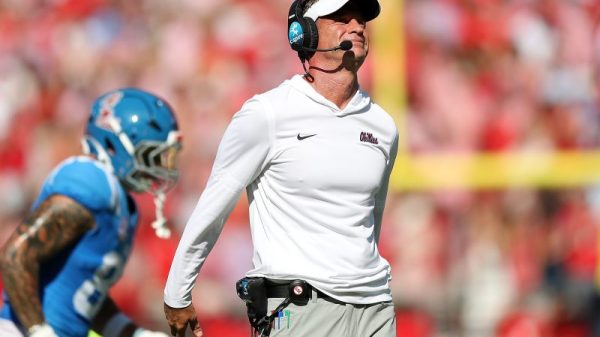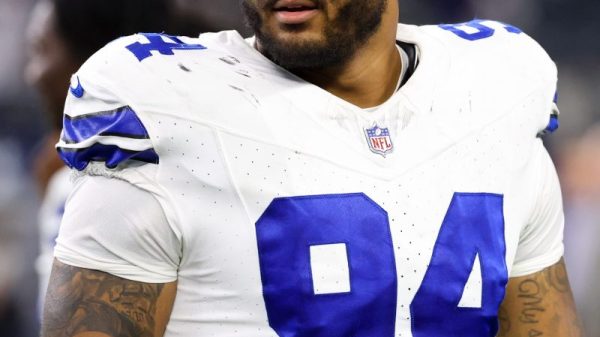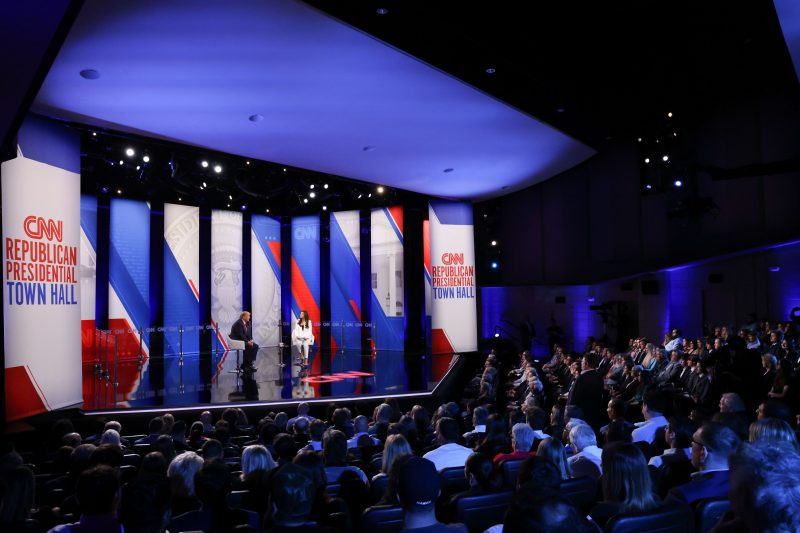The morning after the channel’s widely pilloried “town hall” with former president Donald Trump, CNN chairman and CEO Chris Licht defended the program in a call with staffers.
“While we all may have been uncomfortable hearing people clapping, that was also an important part of the story,” Licht said, according to journalist Brian Stelter, adding that Trump’s supporters are “a large swath of America.”
On his own show Thursday night, CNN host Anderson Cooper made a similar argument.
“That man you were so upset to hear from last night, he may be president of the United States in less than two years, and that audience that upset you, that’s a sampling of about half the country,” Cooper said. “… You have every right to be outraged and angry, never watch this network again. But do you think staying in your silo and only listening to people you agree with is going to make that person go away?”
To a large extent, this is a false dichotomy. The choice is not between not understanding Trump’s politics at all and giving him an opportunity to speak live on cable television. To suggest that it is, in fact, is to undermine all of the other excellent reporting on Trump that occurs on CNN and elsewhere. But it’s a useful dichotomy to imply if you’re facing blowback for hosting Trump.
The arguments from Licht and Cooper are also worth considering, too, because they overstate the purported need. Yes, tens of millions of Americans support Trump. But they are neither a quiet, unexamined segment of the population nor half of it.
That first point is easily demonstrated. Every time there’s a presidential election, cable news channels like CNN and its competitors spend some time talking about the candidates’ supporters.
You can see that below: In 2012, as Mitt Romney was challenging President Barack Obama, CNN mentioned his supporters in nearly 1,000 15-second blocks. In 2016, as Hillary Clinton was seeking the presidency, her supporters were mentioned in more than 3,800 blocks of airtime. The pattern on the other major cable-news channels was similar.
You’ll notice that Trump and his supporters aren’t included above. That’s because he breaks the scale.
CNN has collectively mentioned the supporters of Obama, Romney, Clinton and President Biden about 10,000 times since January 2010. It has mentioned Trump’s supporters more than 22,000 times. The pattern is similar on the other cable-news channels: Mentions of Trump supporters far exceed the other candidates, combined. On MSNBC, as on CNN, it’s a 2 to 1 ratio.
Speaking to his team, Licht argued that the failure to understand the strength of support Trump enjoyed was part of the reason that his 2016 victory came as such a surprise. That’s true, to an extent; that Trump’s victory was dependent on the vagaries of the electoral college and not national support certainly plays a role as well.
But that year, as in 2020, support for Trump did not constitute half the country.
Consider how partisan support works. According to the most recent Gallup numbers, about a quarter of the adult population identifies as Republican, the same as with the Democrats. Another fifth or so are independents who say they generally vote with Republicans.
By itself, this offers useful nuance. Independents who lean toward one party generally do so in large part because they oppose the other party. In other words, Republican-leaning independents are often motivated not by agreement with the Republican Party — which they could certainly join if they wanted to — but opposition to the Democrats. Joe Biden’s victory in 2020 was driven by support from independents, many of whom were less enthusiastic about him than they were frustrated at Trump.
That context in mind, we have polling that asks the question fairly directly. In recent YouGov polling conducted for the Economist, about 45 percent of respondents said they viewed Trump strongly or somewhat favorably, getting us near that half-of-Americans mark.
But that “somewhat” is hazy. When Quinnipiac asked the same question in March, without the “somewhat” option, only about a third of respondents said they viewed Trump favorably — more than YouGov’s “strongly favorable” but less than the combined “strongly/somewhat.” It was the same percentage as said they considered themselves supporters of the “Make America Great Again” movement.
Of course, we’re only talking about American adults here, not younger people among whom, it’s safe to assume, Trump is generally even less popular. Even within the universe of adults, however, extrapolating from “didn’t lose by that much in 2020” to “half the country supports him” is a stretch.
First of all, there’s that issue of anti-Biden vs. pro-Trump votes, as above. Second, more adult citizens of the United States didn’t vote at all in 2020 than voted for Trump. If we’re looking only at votes as a measure of support, Trump was supported in 2020 by only about 30 percent of adults who might have been able to vote.
This is not to say that Biden is far more popular; his numbers aren’t much different. But there’s no call for more coverage aimed at understanding Biden and his views — largely because there would be no controversy over airing a similar conversation with Biden.
There’s no question that much of the focus on Trump supporters derives from the reality that media outlets like CNN (and The Washington Post) are centered in large metropolitan areas where right-wing, rural people are definitionally underrepresented. There was surprise, including from within Hillary Clinton’s 2016 campaign, that hostility to “elites” was as deep as Trump’s success indicated.
But that surprise evaporated by early in Trump’s term in office, thanks in part to a flurry of reports on precisely the people that CNN now posits need to be elevated. They have been already, thanks in part to CNN.



























